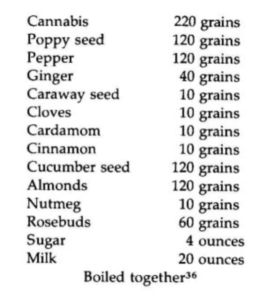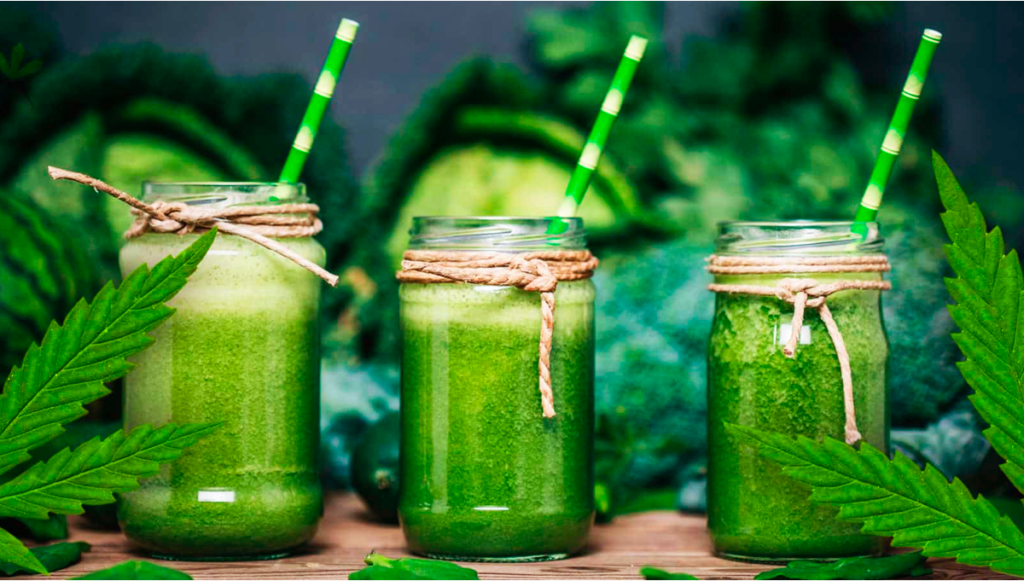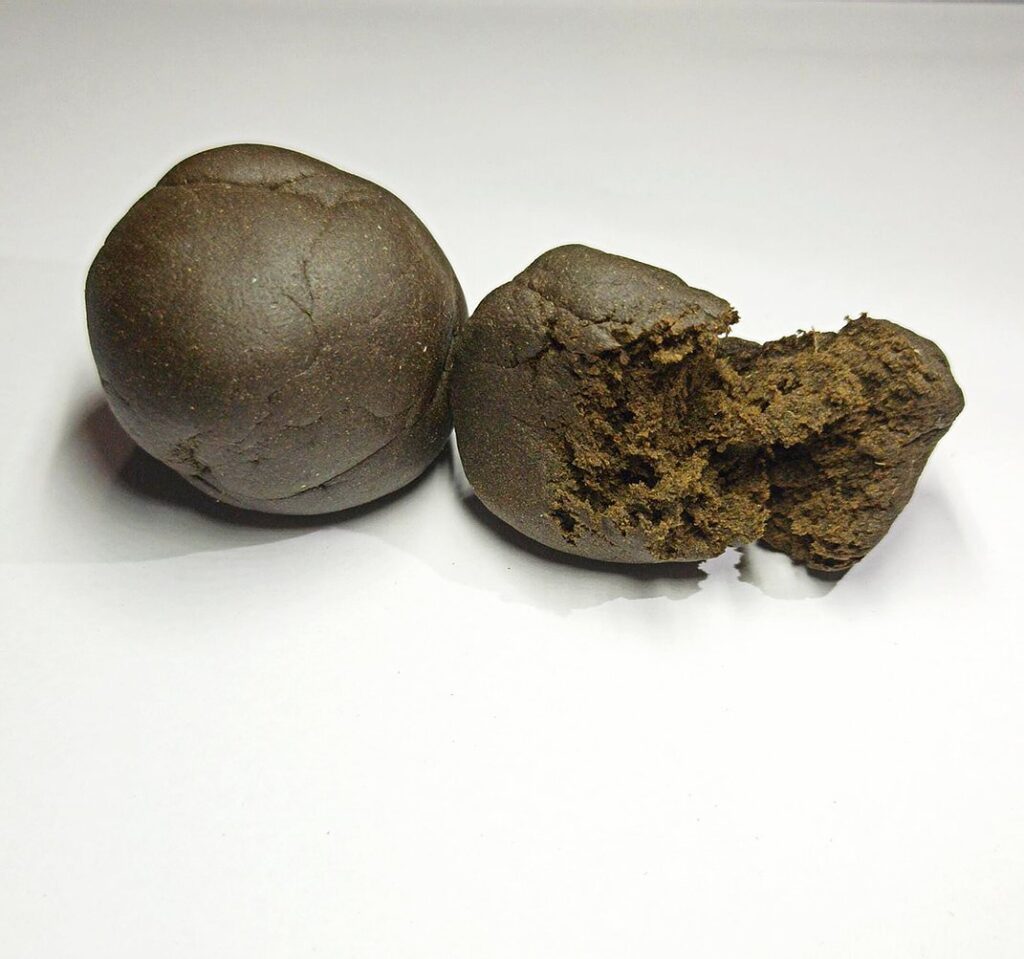Moving on to a different culture in order to explore its early connections with Marijuana.
Today, we know that India, officially known as the Republic of India, is a country located in South Asia.
It is the seventh largest country by area, in the world and the second most populous country.
This is a super short recap of what and where is India today, but what about centuries ago?

India has known little peace.
Invaded from both land and sea, it has seen many conquerors and has witnessed many empires come and go. Cyrus and Darius of Persia sent their armies there. On the heels of the Persians came Alexander the Great. After Alexander came more Greeks, then Parthians from Iran, Kushans from beyond the mountains in the north, then Arabs, followed by the Europeans.
Unlike China, which remained remote and isolated from the rest of the world for much of its history,
India was known to all as the great nation of the ancient world.
Although the inhabitants of India are descended from a people known as the Aryans or "noble ones," the Aryans were not the original natives of the Indian subcontinent but instead invaded it from north of the Himalayas around 2000 B.c.

Before the Aryans, who were light-skinned and blue-eyed, a dark-skinned and dark-eyed people, Australoid in origin, inhabited India.
When the Aryans entered the country, they found a complex civilisation, including well designed housing, adjoining toilet facilities, and advanced drainage systems. The early in-habitants worked with gold and silver, and they also knew how to fashion tools and ornaments from copper and iron.
When the Aryans first settled in India they were predominantly a nomadic people.
During the centuries that followed their invasion, they intermarried with the original inhabitants, became farmers, and in-vented Sanskrit, one of man's earliest written languages. A collection of four holy books, called the Vedas, tells of their daring exploits, their chariot battles, conquests, subjugation of enemy armies, eventual settlement in the land of the Indus, and even how their god Siva brought the marihuana plant down from the Himalayas for their use and enjoyment.
Legend

"According to one of their legends, Siva became enraged over some family squabble and went off by himself in the fields. There, the cool shade of a tall marijuana plant brought him a comforting refuge from the torrid rays of the blazing sun. Curious about this plant that sheltered him from the heat of the day, he ate some of its leaves and felt so refreshed that he adopted it as his favorite food, hence his title, the Lord of Bhang.
Bhang does not always refer to the plant itself but rather to a mild liquid refreshment made with its leaves, and somewhat similar in potency to the marijuana used in America."
This is a list of ingredients used in a formula for bhang , back then.


Bhang was and still is to India what alcohol is to the West.
Many social and religious gatherings in ancient times, as well as present, were simply incomplete unless bhang was part of the occasion.
Without bhang at special festivities like a wedding, evil spirits were believed to hover over the bride and groom, waiting for an opportune moment to wreak havoc on the newlyweds. Any father who failed to send or bring bhang to the ceremonies would be reviled and cursed as if he had deliberately invoked the evil eye on his son and daughter.
Bhang was also a symbol of hospitality.
A host would offer a cup of bhang to a guest as casually as we would offer someone in our home a glass of beer. A host who failed to make such a gesture was despised as being miserly and misanthropic.
Two other concoctions made from Cannabis in India are Ganja and Charas.
In terms of Etymology, Ganja is borrowed from Hindi gāñjā, a name for Cannabis, which is derived from Sanskrit gañjā, referring to a “powerful preparation from cannabis sativa”.
The word was used in Europe as early as 1856, when the British enacted a tax on the “ganja” trade.
Ganja is prepared from the flowers and upper leaves and is more potent than bhang.
Charas is the most potent out of the three preparations and it is made from the flowers in the height of their bloom. Charas also contains a relatively large amount of resin and it is roughly similar in strength to hashish.

Stay tuned for more articles regarding the ascension as well as origins of Marijuana all the way back to the vast lands of India and its people.
This article contains fragments, bits and crumbles from
Marihuana The First Twelve Thousand Years, by Ernest L. Abel (1980)

Leave a comment